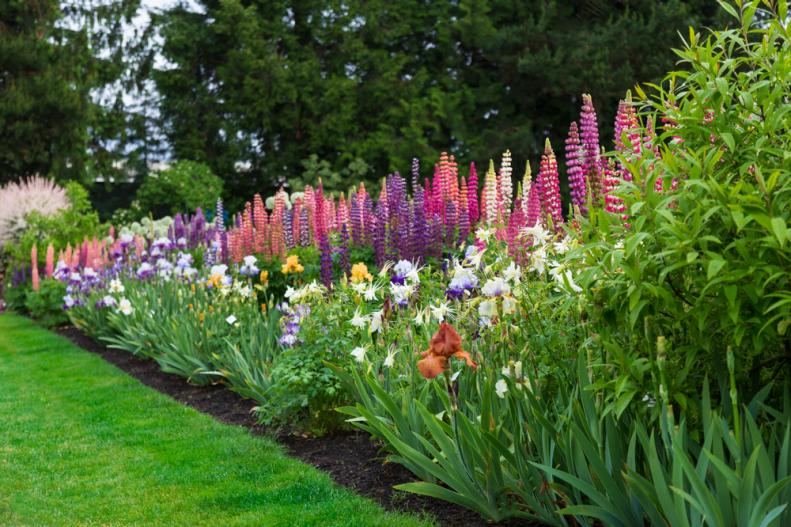1 / 17
Photo: Dara Mullen
Design a Traditional or Cottage-Style English Garden
English gardens, which originated in the early 18th century, usually have a lush, full cottage-style look or a more formal, traditional style. For a traditional English garden, think trimmed hedges, manicured lawns and structures like arbors or fountains. For cottage style, imagine beds and borders overflowing with perennials and annuals. It's not hard to create your own English garden. Start with plants recommended for your hardiness zone and growing conditions, such as full sun or shade.









